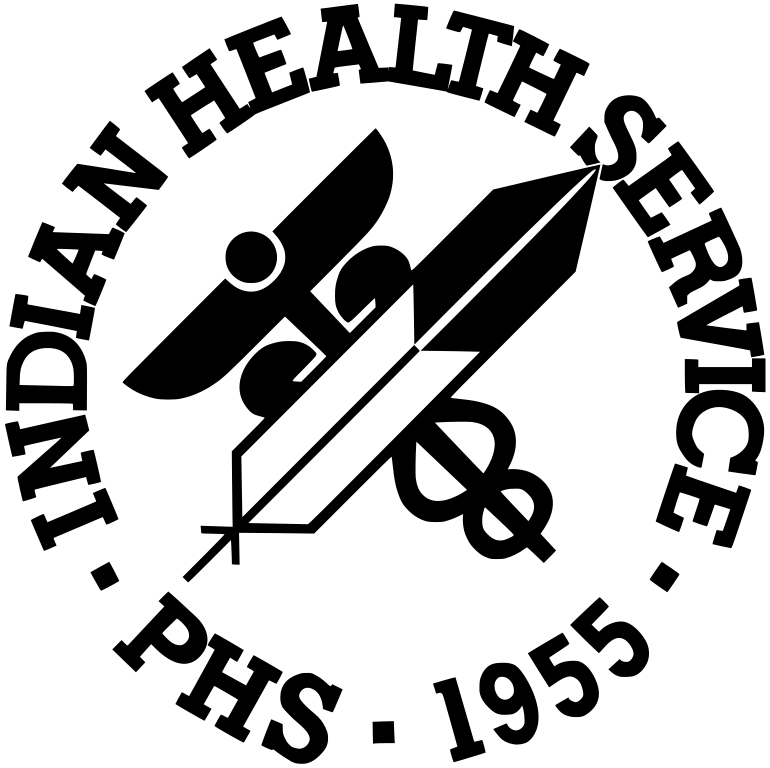Injuries
The Indian Health Service’s mission is“to raise the physical, mental, social, and spiritual health of American Indians and Alaska Natives to the highest level”
Background
Unintentional injuries are the leading cause of death among American Indians and Alaska Natives (AI/ANs) between the ages of 1 and 44 years and the third leading cause for all ages1.
The Indian Health Service (IHS) Injury Prevention Program is based on the same public health principles that have been used to effectively control infectious diseases: define the problem, identify risk and protective factors, implement interventions, evaluate and assure widespread adoption. Collaborative efforts in describing the factors amenable to change have led to implementation of successful community-specific solutions to the injury epidemic. The IHS Injury Prevention Program’s mission is to elevate the health and well-being of AI/ANs to the highest possible level by decreasing the incidence of injuries and deaths and enhancing the capacity of tribes to address community-based injuries and violence.
Plan
The IHS Injury Prevention Program promotes building the capacity of tribes and communities by increasing understanding about the injury problem, sharing effective solutions, and assisting communities in implementing programs. Community-based injury prevention coalitions directed by tribal members and supported by tribal governments are becoming more visible throughout the IHS service areas. The IHS fosters competitive grant programs to build tribal capacity, to enhance existing public health infrastructure, and to implement effective community-based strategies to prevent injuries.

Status
AI/ANs experience injury mortality rates that are 2.4 times greater than other Americans.
- 42% of years potential life lost for AI/ANs <65 years old1
- Fourth leading cause of death for infants1
- Total costs = $4.5 billion per year2
- Unintentional injury deaths decreased 59% (1972-2010)1
Risk factors that contribute to the disproportionately higher injury rates among AI/ANs include a greater proportion of young adults as compared to other Americans, rural environments and lack of traffic safety legislation/enforcement, and a greater number of alcohol-related incidents.
February 2025
Download this Fact Sheet [PDF - 203 KB]
1 IHS. Indian Health Focus: Injuries 2017 Edition. Rockville, MD: U.S. Department of Health and Human Services, IHS; 2018.
2Honeycutt et. al. Incidence, deaths, and lifetime costs of injury among American Indians and Alaska Natives.Injury Epidemiology. 2019.


